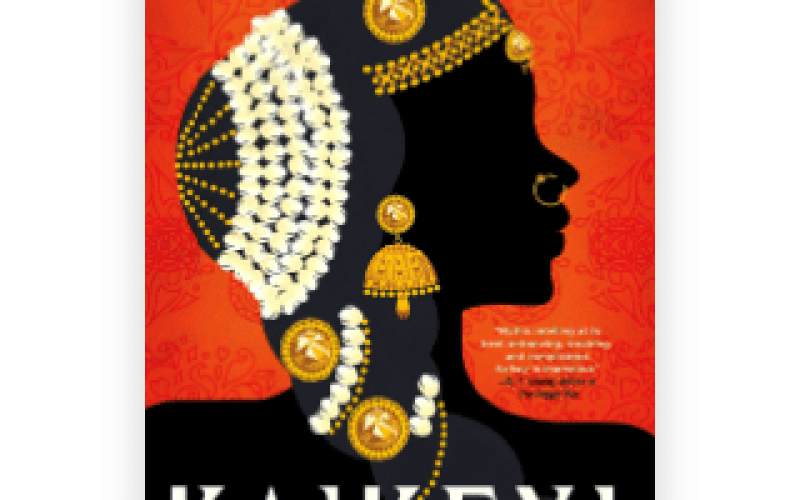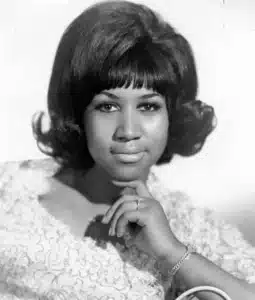Vaishnavi Patel’s novel, Kaikeyi, is a stunning reimagining of one of Hindu mythology’s most misunderstood characters. With a strong narrative and rich narrative, Patel invites readers to see the story of the Ramayana through the eyes of Kaikeyi, a royal woman who we follow from childhood up into her adult life. In this captivating work of historical fiction, Patel brings us the strong-willed woman Kaikeyi, presenting her as a woman of great intelligence and ambition whose choices are deeply shaped by the social, political, and familial forces around her. This book shakes traditional stories up quite a bit!
A Strong and Complex Protagonist
At the heart of Kaikeyi lies the royal princess herself! In traditional versions of the Ramayana, Kaikeyi is depicted as a scheming and heartless mother who banishes Rama, her stepson, to the forest in favor of her own son, Bharata. However, Patel takes a bold step in reimagining Kaikeyi’s story, giving her a personality filled with depth and genuine emotions that we have never seen before. The novel gives Kaikeyi a voice, allowing her to tell her own story—from her childhood as a princess in the kingdom of Kekaya to her eventual rise as a powerful queen.
Patel’s Kaikeyi is not the regular antagonist often portrayed in traditional retellings, not by far. Instead, she is a woman with aspirations, dreams, and fierce determination! She wants to be able to control her destiny in a world that systematically diminishes her worth. Through the main character, Patel delves into feelings of self-identity and the consequences of patriarchal structures. These feelings and more are all achieved while staying true to the essence of this version of Kaikeyi.

An Intricate World
Patel’s world-building is nothing short of breathtaking; the use of words creates more than you could imagine. Patel draws on the vast mythological framework and infuses it with new life. Doing this makes the elements of this book feel grounded in reality while still making you feel like you are the character herself. The gods and goddesses who play a role in the story are not distant, unreachable figures like they are traditionally represented in other stories. Instead, they interact with the mortal world in ways that influence the characters’ fates.
The politics of Ayodhya, a kingdom caught in the balance of competing powers and, eventually, familial tensions, is intricately woven into the narrative. The royal family dynamics—particularly between Kaikeyi, her husband, King Dasharatha, and her co-wives Kausalya and Sumitra—are rendered with sharp insight. Patel mixes power and love, pulling into feelings shared throughout each bond with the characters. This portrayal of Kaikeyi’s relationship with her son Bharata shows the complexities of maternal love and sacrifice, all while still intertwining the tangled politics of a royal court.
Themes of Identity and Rebellion
One of the elements of Kaikeyi is its focus on the theme of cultural expectations. Kaikeyi’s life is shaped by her choices, often in response to the societal constraints placed upon her. From her marriage to her role in shaping the fate of the entire kingdom, Kaikeyi navigates a world where women’s voices are often silenced or dismissed. The author unabashedly explores how Kaikeyi takes control of her own life, using her intelligence, skills, and opinions to challenge the world that seeks to oppress her as a woman.
As a result, Kaikeyi becomes a retelling of an ancient myth and an exploration of modern themes. While reading, you will experience the struggle for gender equality while fighting for balance within patriarchal structures. Many moments will sweep you into tensions between personal ambition and loyalty to your family. Kaikeyi’s journey is a rebellion against the expectations placed on her and women during this time overall. Patel masterfully contrasts her desires with her obligations to her family and kingdom, showing that the path of Kaikeyi is more complicated than it is often portrayed.
Poetic and Engaging
Patel’s writing blends beauty and clarity verbiage, capturing the mythological world’s grandeur while remaining accessible to readers from various backgrounds and cultures. Her descriptions are vivid and evocative, immersing readers in the sights, sounds, and emotions of Kaikeyi and the world she lives in. At the same time, the narrative remains fast-paced and engaging, with moments of tension and heartbreak that will keep readers hooked.
The novel’s pacing perfectly balances character development and story-based action. This allows readers to truly connect with Kaikeyi’s inner world while still moving through the key events of the Ramayana in a meaningful way. Patel’s voice is fresh and respectful of the ancient epic, offering new insights without losing the cultural and historical significance of the story and era in which it is based.
A Thought-Provoking Retelling
Kaikeyi is a bold and thought-provoking retelling of an ancient myth. By providing Kaikeyi with a voice and a backstory, Patel elevates her from the stigma of traditional portrayal. This turns our main character into a complex, multi-dimensional character. This novel invites readers to reconsider preconceived notions about morality, societal roles, and more. Readers will also experience an unforgettable story about a woman’s struggle to define herself in a world that seeks to limit her.
For readers who are familiar with the historical Ramayana, Kaikeyi offers a new, compelling perspective that shakes tradition! For those who are new to the story, this read serves as a captivating introduction to one of the most important works of world literature. In short, Kaikeyi is a triumph of storytelling. Blending mythology, history, and social commentary make this novel an essential read for anyone interested in narratives about women and history.
Conclusion
Kaikeyi is a beautifully crafted and thought-provoking retelling that gives a thought-provoking experience. This book takes a deep dive into the life of one of the Ramayana’s most misunderstood characters. With its complex characters and exploration of timely themes, the novel invites readers to look beyond traditional narratives and consider the larger forces that shape individual choices. Patel has breathed new life into an ancient story that will keep you turning the pages until the end!








